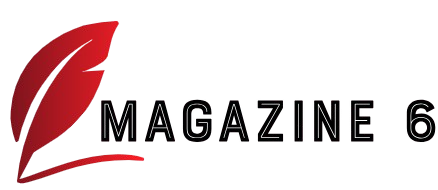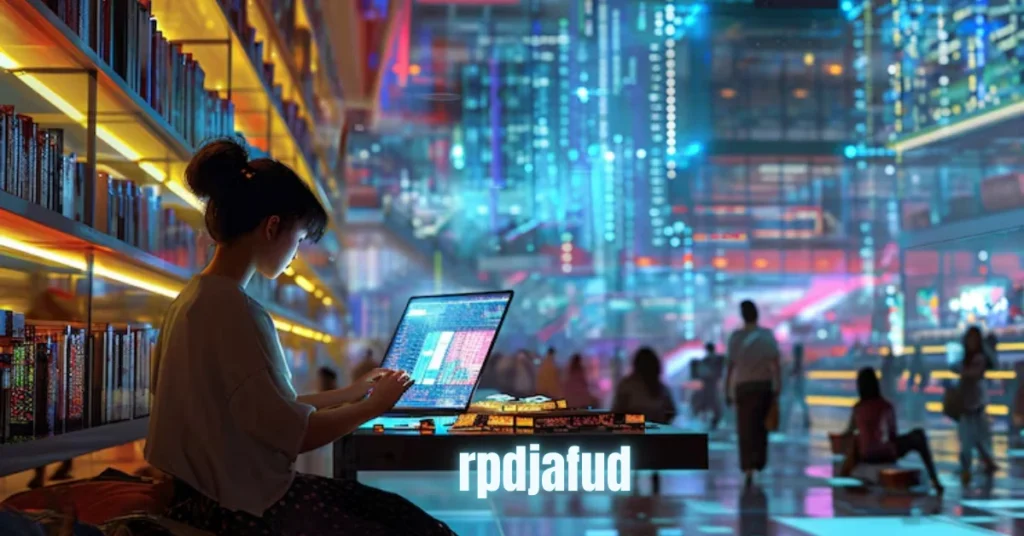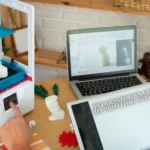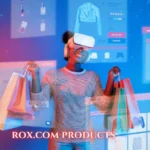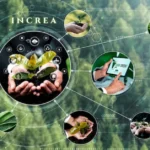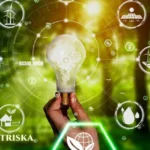In an era where technology is reshaping the way we live, learn, and interact, it’s essential to explore innovative concepts that bridge gaps between various domains. One such intriguing concept making waves in education is RPDJAFUD. This approach doesn’t merely integrate technology; it intertwines culture with learning, creating a rich tapestry of educational experiences. As classrooms evolve into dynamic hubs of knowledge exchange, understanding RPDJAFUD becomes crucial for educators and learners alike. Let’s dive deeper into what makes this framework so impactful and how it can transform the educational landscape as we know it.
Understanding the Concept of RPDJAFUD
RPDJAFUD stands for a revolutionary approach that merges technology, culture, and education. It is an acronym representing the key components necessary for modern learning.
At its core, RPDJAFUD emphasizes relevance in teaching. This means incorporating real-world applications of knowledge into lesson plans. Students connect with their studies on a deeper level.
Moreover, it celebrates cultural diversity within educational settings. By integrating local traditions and global perspectives, RPDJAFUD enriches the curriculum. Students gain insights beyond textbooks.
Technology plays a pivotal role in this concept. It facilitates access to information and allows collaborative learning experiences across geographical boundaries. The blend of these elements creates an engaging environment where creativity flourishes.
RPDJAFUD encourages educators to rethink traditional methods and embrace innovative practices that reflect our interconnected world. It’s about crafting meaningful experiences that resonate with today’s learners.
The Importance of Technology in Education
Technology has reshaped the educational landscape, making learning more accessible and engaging. Online resources have democratized education, allowing students from various backgrounds to access quality materials.
Interactive tools foster collaboration among peers, encouraging them to learn together regardless of geographical barriers. Virtual classrooms enable educators to reach a wider audience and tailor their teaching methods to different learning styles.
Additionally, technology enhances critical thinking skills. Students can explore diverse perspectives through multimedia content and online discussions. This exposure helps them develop informed opinions and encourages curiosity.
Moreover, data analytics provides insights into student performance, enabling personalized learning experiences. Educators can identify strengths and weaknesses in real-time, adapting their approaches accordingly.
In this digital age, integrating technology into education is not just an option; it’s essential for preparing students for future challenges. The classroom experience evolves as innovative tools continue emerging, creating endless possibilities for growth and discovery.
How RPDJAFUD Integrates Culture into Education?
RPDJAFUD uniquely weaves cultural elements into educational frameworks. By recognizing the rich tapestry of global cultures, it fosters an inclusive learning environment.
Through varied content, students explore diverse traditions and histories. This approach cultivates empathy and understanding among peers from different backgrounds.
Interactive projects often highlight local customs or artistic expressions. Students engage in hands-on activities that resonate with their own heritage while appreciating others.
Additionally, RPDJAFUD encourages collaboration between educators and community leaders. This synergy helps bring authentic cultural perspectives to the classroom.
By integrating culture within lessons, learners develop a deeper connection with the material. This not only enhances retention but also enriches their overall educational experience.
Success Stories of RPDJAFUD Implementation
Across various educational settings, RPDJAFUD has sparked remarkable transformations. Schools that integrated this framework saw increased student engagement and improved academic performance.
In a rural community in South America, local educators adopted RPDJAFUD to blend traditional teaching methods with modern technology. This approach revitalized cultural heritage while enhancing students’ digital skills.
Another inspiring example comes from an urban high school in Europe. Here, teachers utilized RPDJAFUD to create interactive projects that connected students with their cultural roots. The initiative fostered collaboration and critical thinking among learners.
Moreover, a non-profit organization in Africa leveraged RPDJAFUD to train educators on integrating tech tools within culturally relevant curricula. As a result, many schools reported higher retention rates and greater enthusiasm for learning.
These stories highlight the versatility of RPDJAFUD in diverse contexts, proving its potential to revolutionize education worldwide through meaningful integration of culture and technology.
Challenges and Solutions for RPDJAFUD
Implementing RPDJAFUD comes with its own set of challenges. One major hurdle is the digital divide. Not all students have equal access to technology, which can lead to disparities in learning opportunities.
Another challenge lies in integrating cultural content into a tech-driven curriculum. Finding the right balance between educational standards and authentic cultural representation requires careful planning and collaboration.
Moreover, educators may struggle with adapting to new technologies. Training programs must be robust enough to empower teachers. Ongoing support is essential for effective implementation.
To tackle these issues, community partnerships can provide resources and training sessions tailored for local needs. Engaging families in the process helps bridge gaps and builds a supportive environment for students.
Flexibility in curriculum design also plays a crucial role. Adapting materials based on feedback ensures that both technological tools and cultural elements resonate well with learners’ experiences.
The Future of RPDJAFUD and its Impact on Education
The future of RPDJAFUD holds immense potential for transforming education. As technology continues to evolve, so too will the tools and methodologies used within this framework.
Imagine classrooms where augmented reality immerses students in their cultural heritage while they learn complex subjects. This integration enhances engagement levels significantly.
Moreover, artificial intelligence could tailor educational experiences to individual needs. Personalized learning paths would become more accessible, bridging gaps that traditional systems often overlook.
Collaboration is another exciting aspect. Schools across different regions can share resources and knowledge seamlessly, creating a global classroom environment enriched by diverse perspectives.
As we embrace these advancements, educators must remain adaptable. Continuous professional development will be critical to harnessing the full power of RPDJAFUD effectively. The synergy between culture and technology promises a vibrant educational landscape ahead.
Conclusion: Embracing the Intersection of Technology, Culture and Education with RPDJAFUD
RPDJAFUD represents a groundbreaking approach to education, seamlessly blending technology with cultural insights. This unique framework not only enhances learning experiences but also fosters a deeper understanding of diverse perspectives.
The integration of technology in classrooms has revolutionized the way students engage with educational content. It allows for personalized learning pathways, making education more accessible and relevant to individual learners. Coupled with cultural context, RPDJAFUD enriches this experience further by incorporating local histories, traditions, and values into the curriculum.
Success stories abound from institutions that have embraced RPDJAFUD principles. Schools have witnessed improved engagement levels among students as they connect more deeply with their studies through culturally relevant materials and technological tools. These successes highlight how effective this model can be when executed thoughtfully.
However, challenges remain in implementing RPDJAFUD on a wide scale. Resistance to change and varying levels of technological access can hinder progress. Addressing these issues requires innovative solutions that prioritize inclusivity and resource allocation.
As we look ahead, the future of RPDJAFUD appears promising. The potential impact on education is immense—empowering learners while preserving cultural identities through modern means will redefine how knowledge is shared and valued across communities.
Embracing RPDJAFUD means recognizing the vital intersection where technology meets culture within educational contexts. This synergy holds great promise for fostering an enriched learning environment where all voices are heard and celebrated.
FAQs
What is “RPDJAFUD”?
RPDJAFUD is an educational framework that merges technology, culture, and pedagogy to create inclusive, future-ready learning environments.
How does RPDJAFUD use technology in classrooms?
It incorporates tools like virtual platforms, AI, and interactive content to personalize learning and foster global collaboration.
Why is cultural integration important in RPDJAFUD?
Cultural elements make learning relatable, enhance empathy, and celebrate diversity by connecting students to real-world contexts.
What challenges does RPDJAFUD face?
Barriers include limited tech access, teacher training gaps, and the need for culturally accurate curriculum integration.
Who benefits most from RPDJAFUD?
Students in diverse, underserved, or tech-evolving settings benefit most, as it bridges educational gaps through inclusive innovation.
